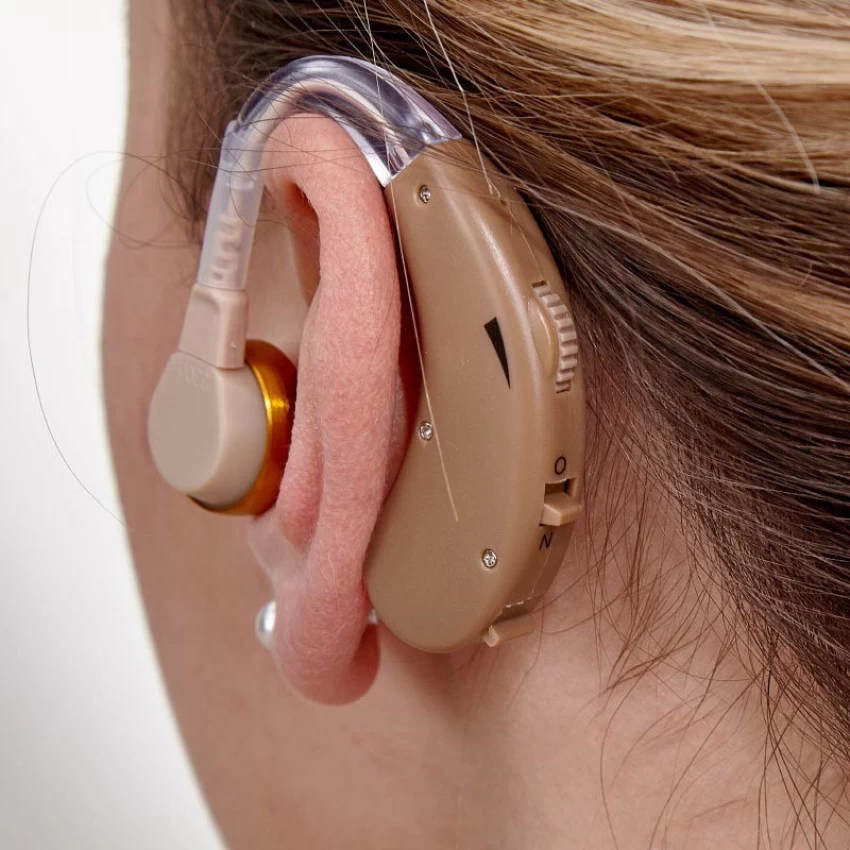1. What is the process of Hearing Aid Fitting?
A hearing aid fitting is a personalized process where a qualified audiologist adjusts and customizes your hearing aids to match your specific hearing needs. It involves programming the hearing aids, ensuring proper fit and comfort, and fine-tuning settings based on your feedback.

2. How Long Does a Fittings Take?
The duration of a hearing aid fitting can vary. Initial fittings might take around an hour, allowing the audiologist to program and adjust the hearing-aids. Follow-up appointments for fine-tuning and adjustments might take less time.
3. What Happens During Hearing Aids Fitting ?
During the fittings, the audiologist will insert and adjust the hearing-aids, ensuring they sit comfortably in your ears. They’ll program the devices based on your hearing test results and discuss how to use and maintain them.
4. How Do I Know if the Hearing Aids Fit Properly?
A well-fitted hearing-aid should feel comfortable without causing discomfort or pain. The audiologist will check the fit and make necessary adjustments to ensure they stay securely in your ears.
5. What Should I Expect in Terms of Sound?
During the fittings, you might notice that sounds are clearer but might sound different due to your brain adjusting to new input. The audiologist will help you acclimate to these changes over time.
6. How Often Do I Need to Schedule Follow-up Appointments?
Follow-up appointments are crucial for ensuring optimal performance. Typically, you’ll have a few follow-up appointments within the first few weeks to fine-tune settings and address any concerns.
7. Can I Adjust the Hearing Aids Myself?
While some hearing-aids offer manual controls, it’s recommended not to make significant adjustments without consulting your audiologist. Minor adjustments might be okay, but major changes could affect performance.
8. How Do I Maintain and Clean My Hearing Aids?
Regular cleaning and maintenance are vital. Wipe them gently with a clean, dry cloth, and use a brush to remove debris. Your audiologist will provide detailed instructions on cleaning and care.
9. How Do I Handle Battery Replacement?
Battery replacement depends on the type of hearing-aid. Some have rechargeable batteries, while others use disposable batteries. Your audiologist will guide you on proper battery handling and replacement.
